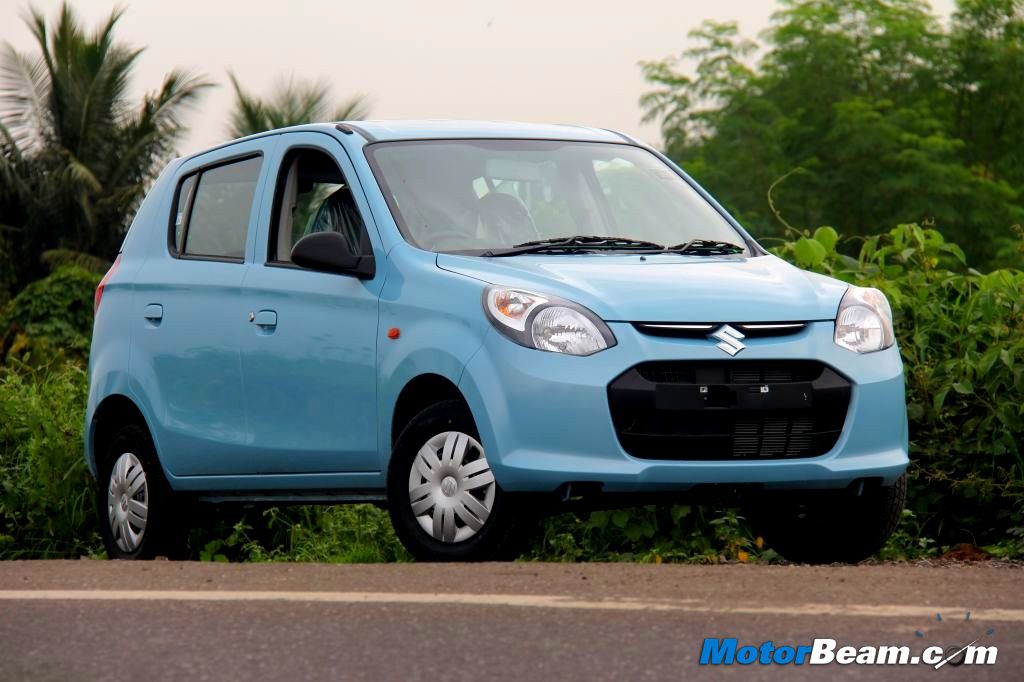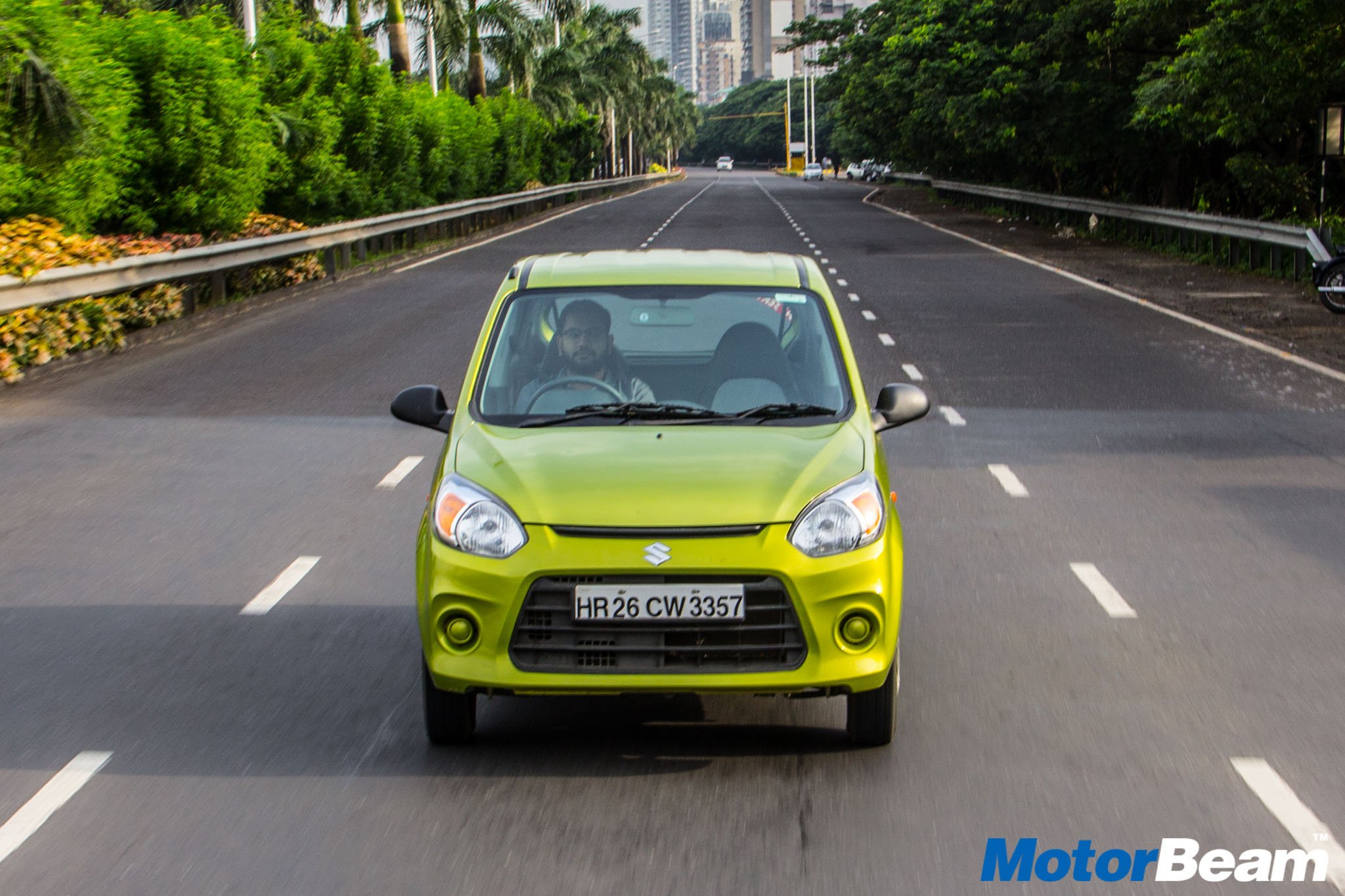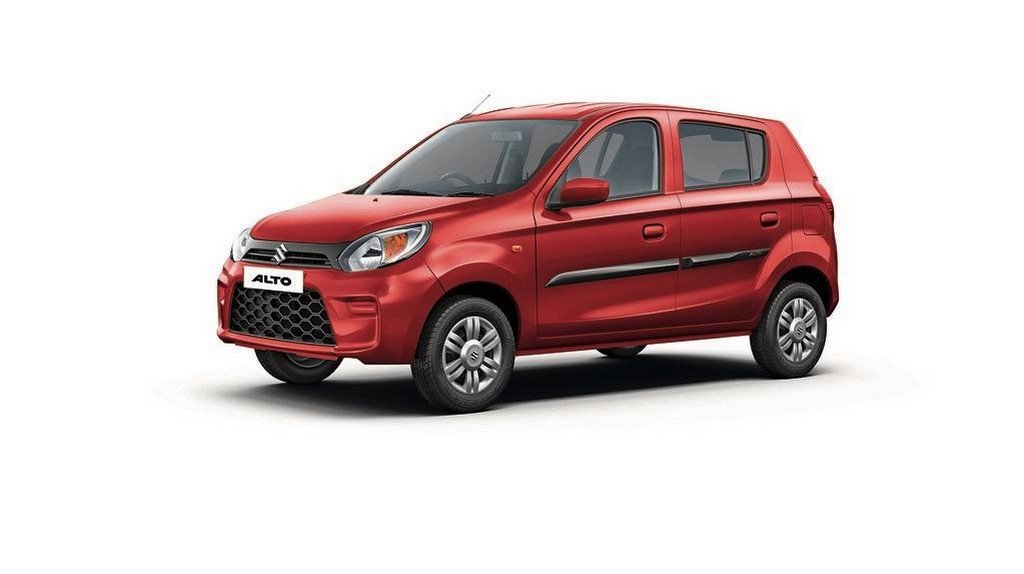
Maruti Alto 800 Review
Car tested: 2012 Maruti Alto 800 LXi
Price OTR Mumbai: Rs. 3,55,340/-
Maruti Suzuki is known as the king of small cars and leading the charge is none other than the Alto. Post the phase out of the legendary 800, the Alto took over and recorded sales which has helped India’s largest car maker remain the undisputed king in the entry level segment. With time, the Alto has started to show its age and the 800cc model has got no upgrades in the past few years. Now Maruti Suzuki is all set to launch an upgraded Alto, in the form of the Alto 800 (800 name is only to differentiate it with the K10). We drive it to find out, if the Maruti Alto 800 lives up to its name!
[flickr size=”center” float=”medium”]http://www.flickr.com/photos/motorbeam/8056280728/[/flickr]
Exteriors – The styling of the Maruti Alto 800 looks far from impressive. The old Alto looked cute even thought it has been around for more than a decade. With the Alto 800, Maruti Suzuki has just tried to bring styling from the Japanese Alto and the A-Star, which doesn’t give the Alto 800 an identity of its own. The Alto 800 has very compact dimensions and the company has added new bits to make the vehicle look modern. A new and lighter roof has been added with corrugations to boost stability. New outside rear view mirror has been picked up from the Alto K10 but its shocking too see no left side rear view mirror as standard. The door handles are body colored but the rear view mirror is not. The full wheel caps look good and the wheel arches are slightly flared too. The increased height and high ground clearance makes the Alto 800 look odd. The Alto 800 is thus, no match for the well styled Hyundai Eon. The conservative styling doesn’t appeal much and the Alto 800 ends up looking very disproportionate.
[flickr size=”center” float=”medium”]http://www.flickr.com/photos/motorbeam/8056278115/[/flickr]
Interiors – Step inside and you will be greeted by the vastly improved dashboard, which is all new. Small doses of silver are added on the dashboard (side AC vents, center console and steering wheel to be precise) and make the interiors of the Alto 800 look very good. The steering wheel is 3-spoke and comes from bigger Maruti cars. India’s largest car maker has improved plastic quality too. What they haven’t improved by much is the space and the car continues to be very uncomfortable with not much space for tall passengers. The Alto 800 has the same wheelbase as the old Alto, but the doors are now thinner, the height of the vehicle has increased resulting in slightly improved headroom. There are scoops on the rear of the front seats resulting in marginally better legroom too.
[flickr size=”center” float=”medium”]http://www.flickr.com/photos/motorbeam/8056279492/[/flickr]
Front headrests are now integrated in the seats (just like the Hyundai i10) but there are no headrests for rear passengers. There are quite a few storage spaces in the Alto 800, including one above the glovebox, few cubbyholes below the center console and one storage bin for the driver, below the headlamp leveler. Front power windows are standard and are placed in the center, right behind the gear lever. The instrument cluster is one large dial (speedometer) with tell-tale lights (including CNG light, for the CNG variant which will be priced at Rs. 40,000/- premium) placed on the left and a digital readout for fuel, odometer and trip meter below it. The driver gets an airbag as an option which is indeed a positive move on the safety front. The interiors feel so much more upmarket than the old Alto and are definitely one of the biggest plus points of the Alto 800.
[flickr size=”center” float=”medium”]http://www.flickr.com/photos/motorbeam/8056277269/[/flickr]
Boot space has been increased marginally, however the narrow opening prevents bigger bags to be kept. The boot is best for small hand bags and one can’t really expect a car the size of an Alto to swallow suitcases in its trunk.
[flickr size=”center” float=”medium”]http://www.flickr.com/photos/motorbeam/8056278408/[/flickr]
Performance – The Maruti Alto 800 continues to be powered by the age-old 796cc petrol engine, which gets a sea of changes to improve power and torque output. Maruti Suzuki engineers have made loads of changes to the hardware of the F8D engine, resulting in a power output of 47.5 BHP at 6000 RPM (3.5 BHP increase) and 69 Nm of torque at 3500 RPM (7 Nm increase). The engine feels much more eager than before and one can up-shift quickly without having to worry about progress at low speeds. There is some amount of jerkiness to the 3-cylinder unit though but overall improvements are extremely positive, resulting in improved driveability and mileage (ARAI claimed 22.7 km/l). The CNG powered Alto 800 returns a mileage of 30.46 km/kg as per ARAI.
[youtube:http://www.youtube.com/watch?v=y8t15_Jx-F0 540 375]
The Alto 800 feels quicker than its predecessor and gearshift quality is smooth, just like the old Alto. There is more than ample power and torque for city driving and the Alto 800 is quick to reach 80 km/h.
[flickr size=”center” float=”medium”]http://www.flickr.com/photos/motorbeam/8056278937/[/flickr]
Ride, Handling and Braking – Maruti engineers have stiffened the Alto’s chassis and also tweaked the suspension. Ride quality has improved but the vehicle does tend to get ruffled by bad roads easily. Handling has never been the Alto’s forte and with the Alto 800, things are not going to change in this regard either. The Alto 800 has 80-profile tyres, which clearly point towards ride quality over handling. The tyre spec is the same as that of the old Alto. The vehicle now has a heavier steering wheel which offers little or no feedback to the driver. The small and puny 12-inch tyres don’t help matters much but offer decent stability at speed. Braking is good and the low weight of the vehicle does help in stopping quickly, although ABS should have been offered, atleast as an option.
[flickr size=”center” float=”medium”]http://www.flickr.com/photos/motorbeam/8056279045/[/flickr]
Conclusion – Maruti Suzuki hasn’t made many changes to the Alto 800, which is essentially the Alto in fresh clothing, with slight upgrades here and there. What this results in, is a much better Alto overall but is it enough considering this is the first facelift to the Alto in 12-years. While Maruti Suzuki’s brand name is more than enough to keep the Alto’s sales flying high, we were hoping for a vastly improved Alto to compete with the likes of the Hyundai Eon. However, the changes to the Alto are more than welcome and the refreshed exteriors, new dashboard, marginally more space, slightly more eager engine and better quality of plastics is enough to justify the Rs. 30,000/- price hike which is expected on the new Alto.
[flickr size=”center” float=”medium”]http://www.flickr.com/photos/motorbeam/8056277781/[/flickr]
Whats Cool
* New dashboard
* Better mileage
* Improved plastic quality
Whats Not So Cool
* Styling lacks identity
* Engine still lacks grunt on the highways
* No left-side rear view mirror
[flickr size=”center” float=”medium”]http://www.flickr.com/photos/motorbeam/8056278259/[/flickr]
Maruti Alto 800 Specifications
* Engine: 796 cc, 3-cylinder, 12-valves
* Power: 47.5 BHP @ 6000 RPM
* Torque: 69 Nm @ 3500 RPM
* Transmission: 5-speed manual
* Top Speed: 140 km/h
* 0-100 km/h: 19 seconds (est)
* Fuel Consumption: 16-17 km/l (City), 18-19 km/l (highway)
* Fuel Type: Petrol
* Suspension: Mcpherson Struts (Front), Coil Springs (Rear)
* Tyres: 145/80/12 Tubeless Radials
* Brakes: Disc (Front), Drum (Rear)
* Safety: iCats Immobilizer, Driver Side Airbag (Optional)
Maruti Alto 800 Dimensions
* Overall length x width x height: 3395 mm X 1490 mm X 1475 mm
* Wheelbase: 2360 mm
* Ground clearance: 160 mm
* Boot Volume: 177-liters
* Turning Radius: 4.6-metres
* Fuel Tank Capacity: 35-litres
* Kerb Weight: 720 kgs




